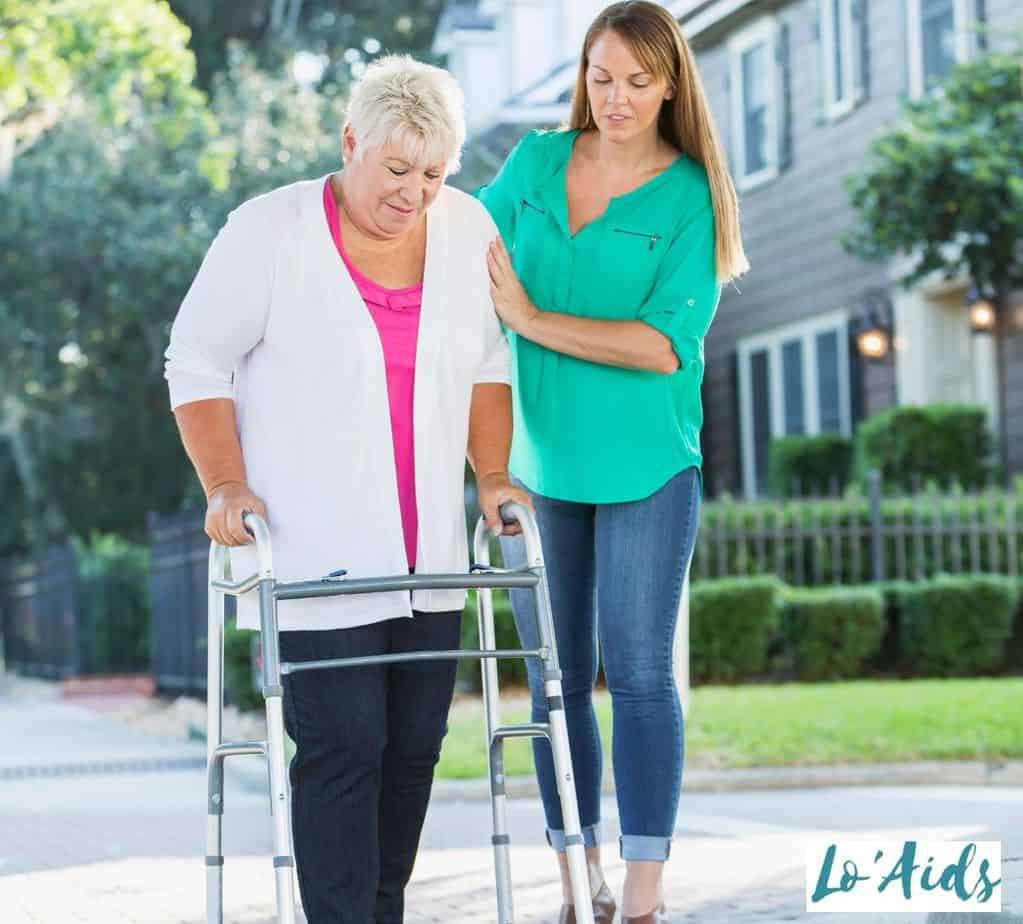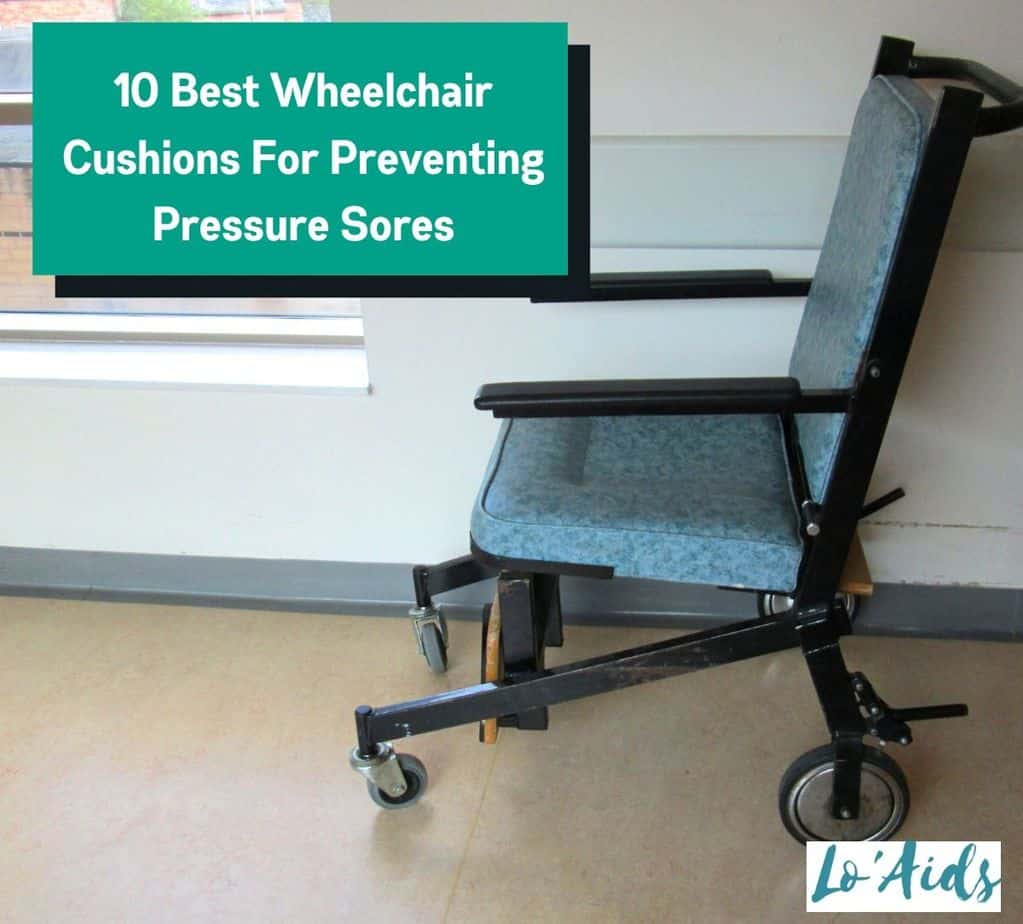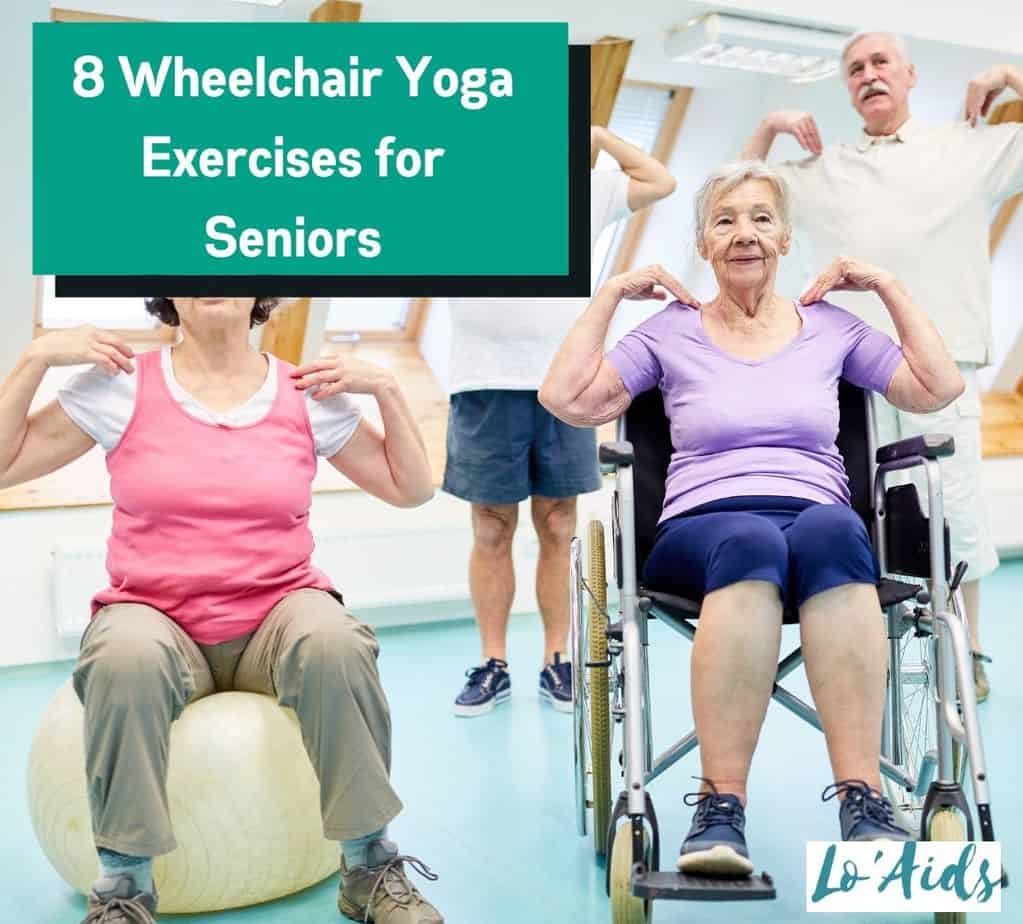Does using a walker help with back pain?
A walker is an excellent way to lift the pressure off your back and keep mobile since staying active is essential.
A few weeks ago, my brother had an accident and underwent spine surgery.
Choosing between a walker vs cane was a daunting situation initially, and if you are facing the same issue, here are some answers.
Table of Contents
Will a Cane Help With Back Pain?
A cane is an excellent assistive device if you are struggling with back pain. Moreover, canes help lean your body weight away from the painful area, allowing you to stay active.

However, since most associate standard canes and basic walkers with old age, they tend to ignore them. This can harm your healing process, translating to more health complications.
Remember that the American community has over 6.8 million individuals using walking aids. Moreover, walkers, crutches, and canes account for 6.1 million users, so you can rest assured of not dealing with chronic pain alone. (1)
Let’s take a look at what we considered for my brother when choosing a mobility aid.
READ MORE: ARE WALKERS SAFE FOR ELDERLY?
Things to Consider Whether You Need Cane or Walker
Deciding whether to get a cane or a walker can be confusing. On one end, the two assistive devices appear to serve the same purpose, but if you consult a physical therapist, they might have a different opinion.

These pain experts are the best option in answering the question, ‘should I use a standard walker or rollator?’ Moreover, most physicians educate you on how to use the new weight-bearing device.
According to California-based physician Lindsey Yourman, “walkers and canes are not created equally.” This is attested by the various types of mobility devices in the market. (2)
Moreover, she adds that using the wrong mobility device can have more negative consequences. So how do you consider a cane vs walker?
Meanwhile, here is a Husky Orthopaedics YouTube video explaining how to start using these mobility devices.
Cane
Different types of canes are available, and you can choose one according to personal preference. However, understanding what cane type fits your need is best for your safety and functionality.
Here are the categories to help you find the best type of cane.
1. The quad canes
These four-point canes have a wider base compared to their peers. They are the best option if you need assistance with balance since the four tips touch the ground.
Moreover, these tips make it easy to hold the cane steady. However, according to a North Dakota-based physical therapist, Diana Palm, “this cane type needs a slow gait pattern since each tip must touch the ground with each step for maximum stability.” (3)
2. The offset cane
According to a health care provider of the University of California’s San Diego Health Koman Family Outpatient Pavilion, Susan Rocha, “the force you exert when using this cane is perpendicular to the ground.” This action means that your body weight is subjected to the cane shaft, allowing you to have an excellent quality of life. (6)
3. The standard cane
This is perhaps the most common assistive walking device. It usually has a single tip base and does not bear much body weight.
It is typical for health care professionals to assign this type of cane to people with arthritis. Another instance warranting this cane type is when you are dealing with mild leg weakness or an ankle injury.
So which considerations do you make when choosing a cane?
- Where do I buy the cane; in medical supply stores, online, or in a pharmacy?
- How do I learn to use the cane properly; consult a pain expert or do it yourself?
- How do I select the correct grip from the available plastic, foam, or rubber handles?
Next, let’s take a look at considerations for walkers.
Walker
Like canes, the best outdoor walkers for seniors also fall into various classes.
1. Four-wheeled walkers
According to health care provider Hellen Hoenig, “4-wheeled walkers are easy to use but are not ideal for people with poor balance. Fortunately, they come with a seat, allowing those with short endurance issues to rest and stash their items, Rocha adds. (4)
2. 3-wheeler walkers
These walker types offer easy maneuvering in tight spaces but do not offer much help with balance issues. And as Palm puts it, they are ideal if you have narrow doorways.
3. Front-wheeled walkers
These walkers are the best for anyone looking for maximum stability. And according to Hoenig, they are the best choice if you have Parkinson’s disease, an injured foot, or are recovering from spine surgery. (5)
Considerations you can make if you want to opt for this assisted device include:
- Which is the best grip to choose from; foam, plastic, or rubber?
- How do I learn the best walker usage, or do I consult a pain expert?
- Where do I get the walker, online or at the medical stores?
- Do I need to keep the throw rugs away or rearrange furniture to avoid bumps?
So, which one is best for you? Let’s take a closer look.
Check out this video to know where to buy a walker.
CHECK: Which is better walker with wheels or without?
Cane Vs. Walker: What Should You Get?
The decision of getting a cane or the best rated upright walkers for seniors is not a light one. Moreover, the best answer to the question does using a walker help with back pain is from a physical therapist.
Moreover, you can benefit from using both devices. In that case, your chiropractor care professional will tell you when to go from a walker to a cane.
Here is a YouTube video from Total Therapy Solution – Physical Therapy explaining when to transition from a walker to a cane.
Remember to check out my article “How to Sleep in a Recliner After Shoulder Surgery” for valuable post-surgery comfort and recovery insights.
FAQs
How long should you use a walker after back surgery?
Most health care experts advise using a walking aid within the first week after surgery. The following weeks should have limited usage; by month end, you should walk short distances without the device.
Does walking strengthen your back?
Yes, walking promotes your muscle strength and helps avoid stiffness. Moreover, if you make walking a daily task, you will have excellent physical and mental health fitness.
Does a cane help with lower back pain?
Yes, a cane will help reduce the pressure on your lower back, thus reducing pain and providing support.
Conclusion
The question does using a walker help with back pain can be challenging to answer. However, with a health practitioner’s proper guidance, you will be getting the correct walking aid option.
The above walker vs. cane offers the guidance needed for the proper approach to these mobility devices. You now know the considerations to make and why consulting a pain expert, as we did, is your best bet.

References
- 1. Center TU of C-DS. Mobility Device Statistics: United States [Internet]. Disabled World. 2013 [cited 2022 Aug 7]. Available from: https://www.disabled-world.com/disability/statistics/mobility-stats.php#:~:text=Just%20over%206.8%20million%20community
- 2. Lindsey Yourman, MD – Primary Care | UC San Diego Health [Internet]. providers.ucsd.edu. [cited 2022 Aug 7]. Available from: https://providers.ucsd.edu/details/32971/primary-care-senior-medicine
- 3. Diana Palm, Physical Therapist in Fargo, ND [Internet]. orthopedic.io. [cited 2022 Aug 7]. Available from: https://orthopedic.io/physical-therapist/diana-palm-pt-dpt-fargo/
- 4. Helen Marie Hoenig | Duke Department of Medicine [Internet]. medicine.duke.edu. [cited 2022 Aug 7]. Available from: https://medicine.duke.edu/profile/helen-marie-hoenig
- 5. National Institute on Aging. Parkinson’s Disease [Internet]. National Institute on Aging. 2017. Available from: https://www.nia.nih.gov/health/parkinsons-disease#:~:text=Parkinson
- 6. Stepko B. How to Assess What You Need in a Cane or Walker [Internet]. AARP. Available from: https://www.aarp.org/health/healthy-living/info-2020/walkers-canes.html






My Dad was very upset when he had to transition to a cane/walker after his last hospital stay. He finally went with a walker because he did have balance issues. This allowed him to move around independently for a while longer.
I don’t have back pain, thankfully, but I can see how using a walker could help! My husband has back pain and might have to try one at some point.
I had a client who suffers from severe back pain after accidentally falling on the ground. It took her 3 months of physiotherapy to get better. Luckily she can still travel around with a cane.
This blog post is useful for people who are suffering from back pain. I should save this and share it with my other friends and family.
I had to use a cane for about three weeks when I injured my knee. It was a great help!
This is very useful information. Using a walker has its pros and cons.
When I had my spinal fusion back in 2015, I had to use a walker for several weeks until my back was healed enough to walk without it. I only used a walker so I am not sure how a cane works.
This was very helpful. I’ve assisted relatives that have walkers and I love that I know now how this device helps them. Good read!
My husband had back surgery about six months ago. His walker was a lifesaver, this was the only way he could get around for the first few weeks. Not only did it relieve the pressure off his back, but it also gave him the confidence knowing he could rely on the walker if he lost his balance.
Sounds like there are a range of walkers and canes. It helps to have a choice.
I didn’t realize there were so many options between canes and walkers!
Such a great post, it’s very informative and detailed! This solves the misconception about these two support device that is essential to lessen one’s back pain.
My aunt uses a walker right now. I think she can transition down to a cane soon. I love the quad cane best. Seems way more supportive!
This is definitely not an easy decision to take. But I believe that a good therapist will always help to make the best choice!
I was having this question in my mind for days. Thankfully I found this very helpful article.
Such an informative post. Good to know the difference between the two.
very infrmative post, I never knew the difference of the two. thanks for sharing this with us.
Great post! My father has this back pain issue, so he walks with a cane. But my mom might need a walker soon 🙁
It is good to consider different options when it comes to pain management. I can see how this could be helpful.
Very good information about cane and walker. It is helpful to understand back pain management.